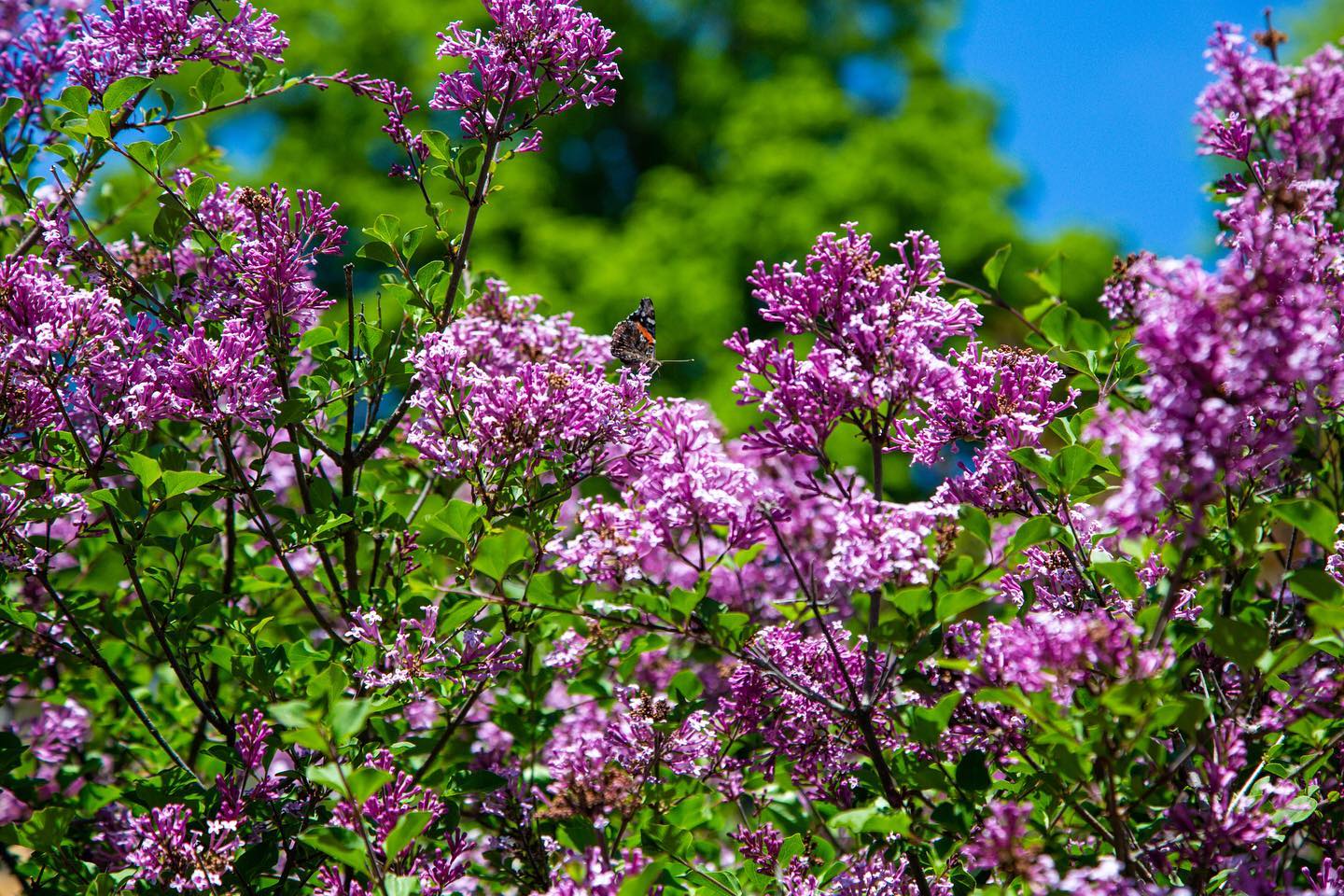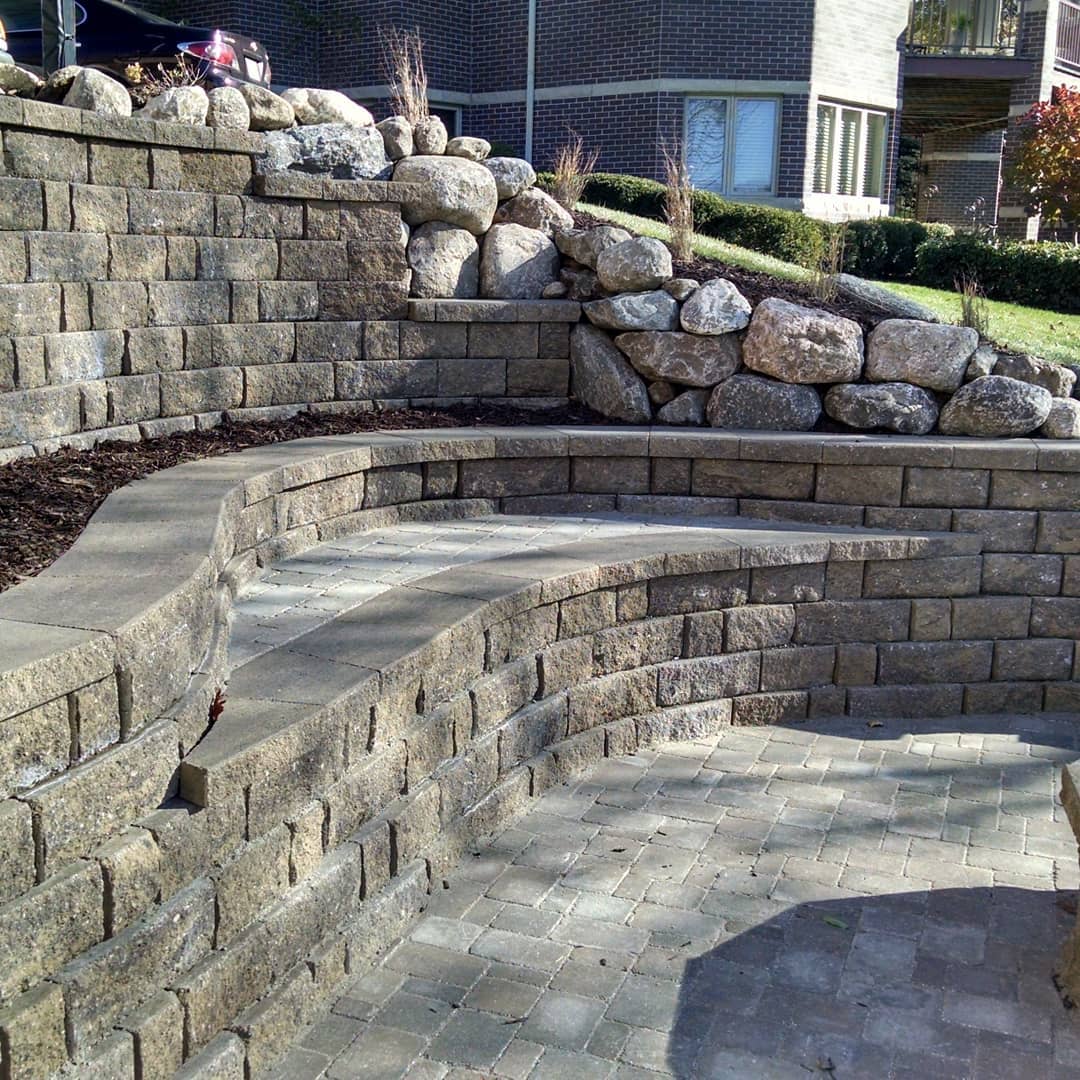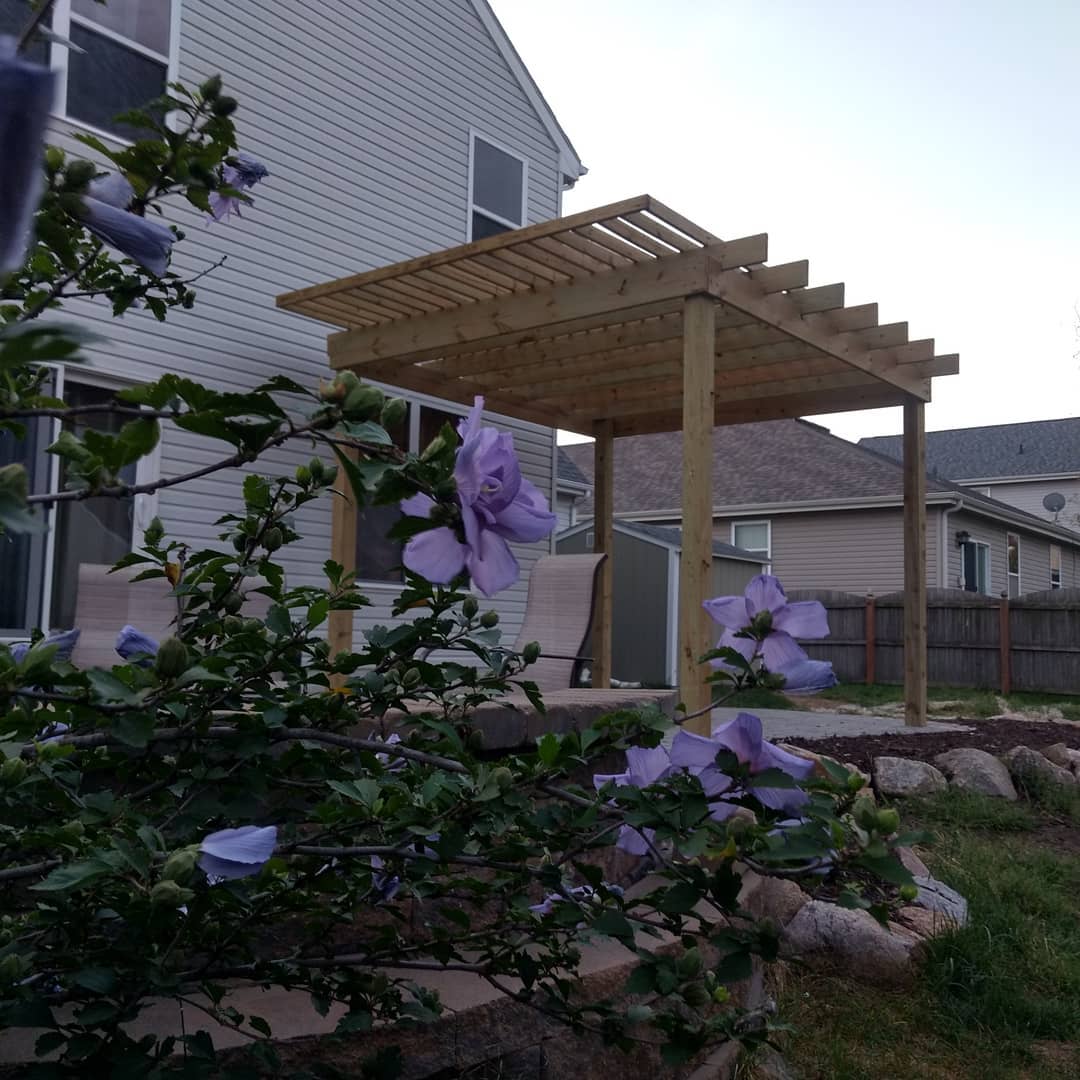Landscape Garden and Design Trends for 2021
Over the past year, we have all spent more time at home. There has been less travel and more in-house cooking and food delivery. With all this extra time inside, we can find ways to experience our pads in new and better ways. If you’re looking to spice things up at home, here are some landscaping style trends to create new experiences and views from the inside and out.
The first trend is the simplest. Just start gardening! Whether it is an edible garden to harvest tomatoes, a bed space with low maintenance shrubs and flowers, or a container with bright flowers. Use this as your introduction to your outdoor space, experiment, and get your hands dirty. Find ways that interest you in being present in the garden space.
Sustainability is the other green movement growing in popularity. The goal of sustainable plantings is to fit into the local environment with little to no maintenance. One of the greatest practices of sustainable gardening is practicing water conservation, which aims at reducing the need to water plants and greenery through sprinklers and/or garden hose regularly. Working with native plants, or plants designated for your plant hardiness zone can help reduce water consumption. These plants can survive off the natural rainfall once they have become established, and do not require regular watering outside of extreme summer drought conditions.

Analyze your yard and chose the right plant for the right micro-climate. For example, do not continually water and fertilize turf grass that is struggling to grow under a shade tree’s canopy. Instead, turn the area into a landscape bed with shade-tolerant plants such as Hosta and Deutzias. Maybe you have an area where pools easily after heave rainfall. You can transform this spot into a rain garden with selective plants that handle both oversaturated soils and drought conditions.
When plants do need water, utilize a rain barrel that collects rainfall. Not only will you be giving the plants fresh, untreated water unlike what a garden hose provides, but you will also prevent that rainwater from being wasted by running to the sewer system. Start your own compost, reduce your trash production, and throw organic material into a compost bin. The compost bin will pay off as it will provide a soil material rich in nutrients that can be added to edible gardens, containers, landscape beds, or anywhere else you have plants. You can also compost directly into the soil of edible gardens to keep its soil high in nutrients throughout the growing season. Promote the health of your plants through organic methods. There are organic alternatives to the standard chemicals used to control pests, weeds, and fertilizer. These organic options are able to target unwanted pests or weeds while providing a safe environment for wanted pollinators and plants to spread and fill the landscape bed. Use natural wood mulch to help regulate soil temperature which helps retain moisture preventing dry soil and drought conditions. Mulch also helps suppress weed growth. It breaks down into the soil adding nutrients and prevents erosion. The most well-known way to garden sustainably is by planting trees because of their incredible ability to absorb carbon dioxide and give off oxygen.
Create an outdoor getaway to escape to for relaxation. Define areas for outdoor seating that has a relationship with colorful, attractive plants. The relationship can keep the plants close to the seating area for an intimate experience, or they can be distant with the seats facing the plantings in a framed view. The seating area can be a destination spot in the far corner of the yard where a meandering path through layered flowers and grasses creates the journey that leads to the destination. Engage all your senses by selected plants with fragrant flowers, add a water feature for the relaxing sound of running water, make the edible garden an attractive focal point with a decorative raised planter, or incorporate edible plants in the landscape bed mixed the shrubs and flowers.

Accentuate your favorite color and keep it through multiple growing seasons with monochromatic gardens. This is a garden-style that chooses one shade of flowering colors to showcase through the garden space. The bloom period for each species of the plant varies in length and time of year. By mixing plants of varying bloom periods, and choosing plants that share the same flowering color tone, you can ensure that your landscape is always purple, red, or any other color you choose. A creative way to keep in the monochromatic color scheme is to include foliage color. The fall provides vibrant shades of red and orange colors that can stay in the monochromatic scheme when paired with red or orange flowers that bloom during the spring and summer.
Don’t make the garden all about you; get kids involved at all stages. Make all the previously mentioned trends accessible for the little ones. Allow for a space in the garden for kids to put plants they have selected into the ground, raised garden, or container. Get them their own set of garden tools so they can practice and explore right alongside you. Grown edible plants the kids will be excited to harvest and eat, especially if they are part of the process of growing it. Go on bug hunts to find beneficial insects in the garden. Make time and space for kids to relax, color, and read in the seating area. Use the garden as a place to learn and play.
The most important and recurring aspect of this year’s gardening trends is to make the outdoor space your own. Put a personal touch to it that encourages you to be more interactive with nature.



